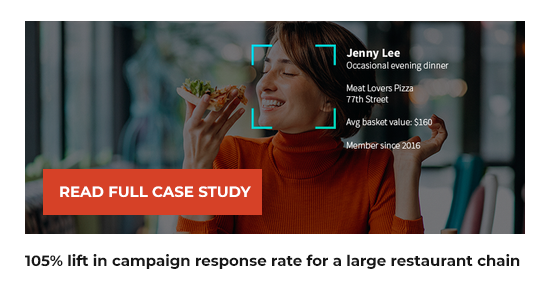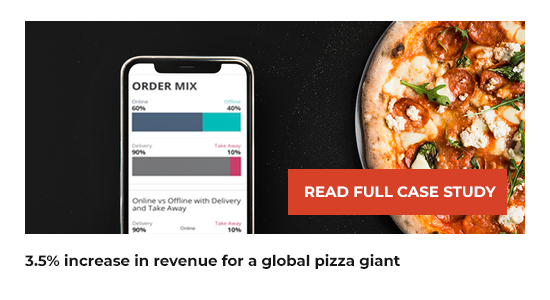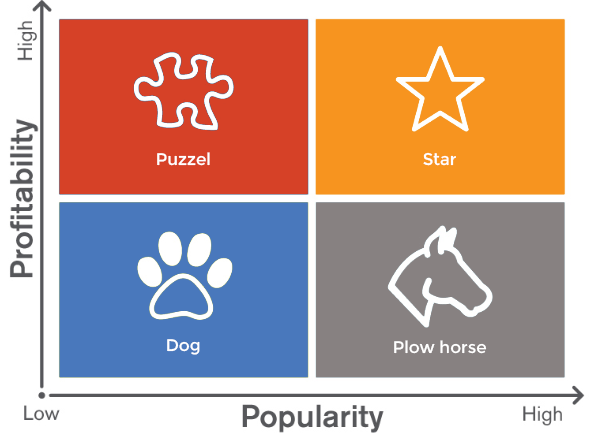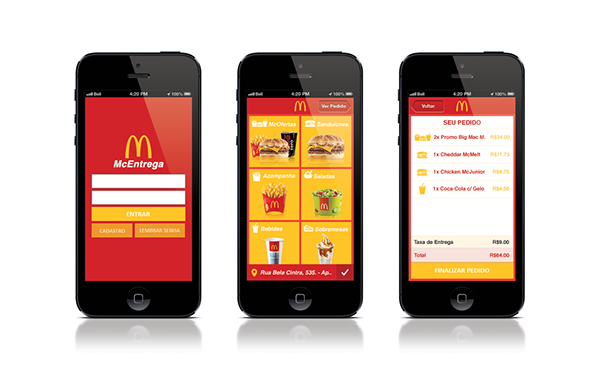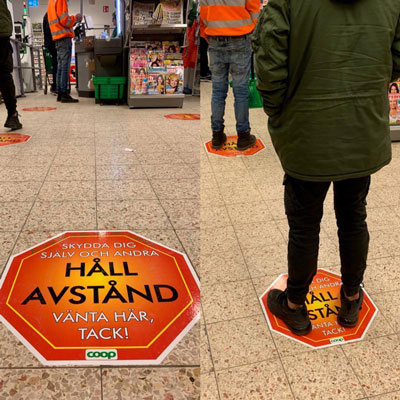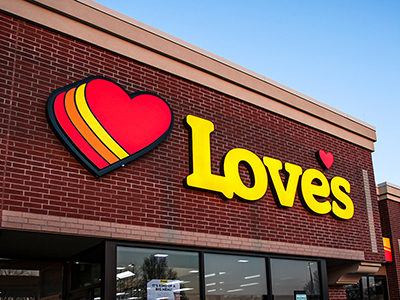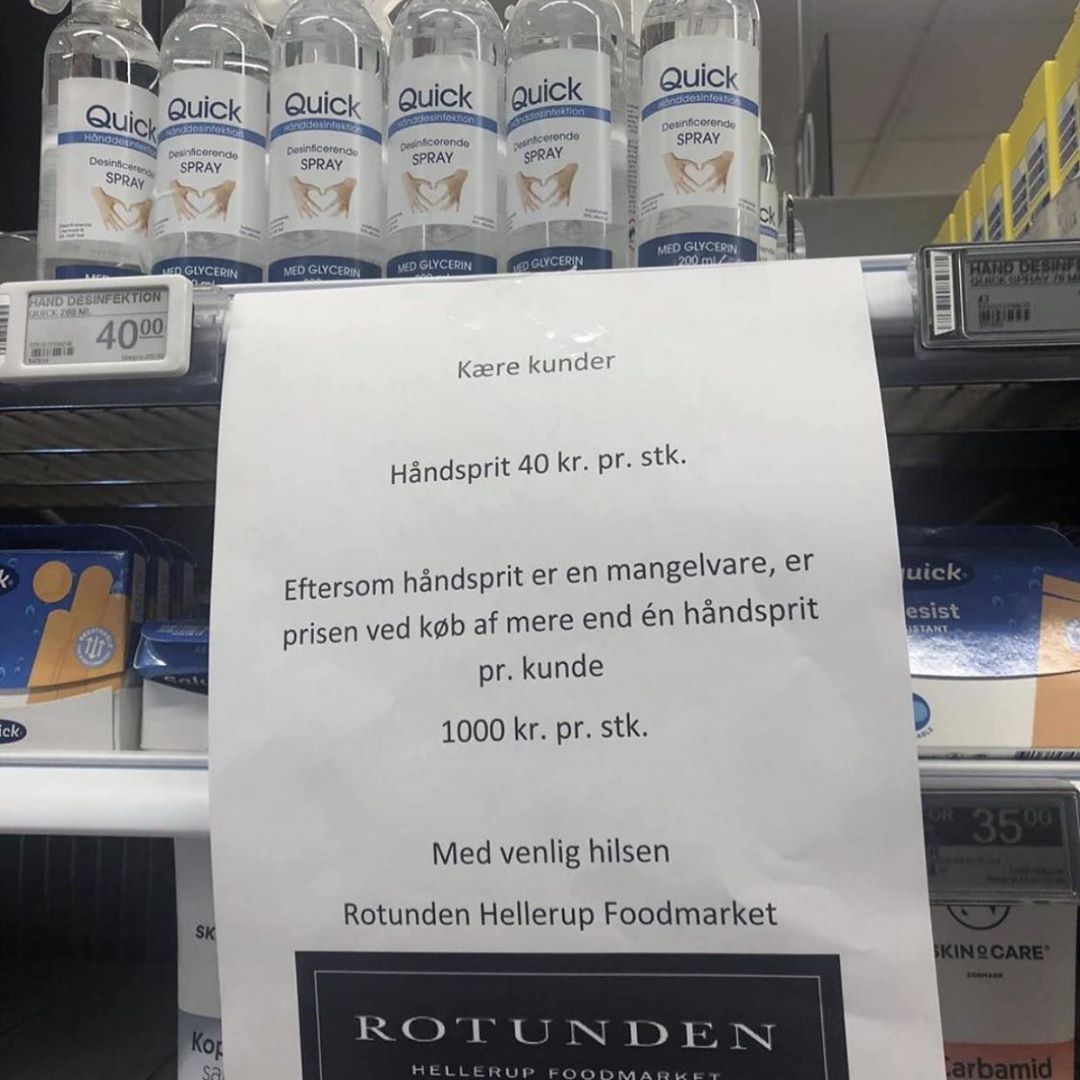Fashion retailers have been seeing disruption to their businesses for over a decade. From digitalization and the “Amazon effect”, to subscription models and fast fashion, most fashion brands have had to operate at a cut-throat level of competition in order to just survive.
In this situation, brands are particularly impacted by the loss of a customer. Not only do they experience a direct loss of revenue, but in an industry where social influence and peer reviews have a high impact, there is a cascading effect through loss of referral business. This can, in turn, impact future customer acquisition costs and marketing efforts as well.
Knowing the metrics that impact your churn can help you better understand why your customers are disengaged. By identifying potential churners before they leave, retailers can take proactive steps to neutralize it.
- Breadth of Purchase (cross-category): Breadth of purchase refers to the variety of products that a customer buys. Lower cross-category purchases can indicate customers who are not deeply engaged and may simply churn for a better price point.
- Customer Complaints: Who is complaining and why? Measuring this metric can help you know how close a customer is to churning. Complaints that are common to a category or product can be early indicators of larger concerns. Additionally, mentions in poor service, in-flexible returns/ exchange or frequent complaints can indicate that a customer is looking for other options.
- Feedback Scores/ NPS: Churn is closely tied to customer satisfaction, so Net Promoter Score (NPS) which measures the willingness of customers to recommend a company’s products to others can be used to understand high or low levels of customer brand loyalty.
- Repeat Purchase Rate (RPR): This tells you the effectiveness of your marketing strategies and retention programs. Brands can isolate one-timers and focus their energy on making them visit again, which can yield higher gains than trying to acquire new customers. The revenue from a single repeat shopper is equal to that of around 6 new customers.
- Repeat Purchase Probability: Different from the RPR, the RPP is closely related to the churn rate, as customers less likely to make another purchase are more likely to churn. In fact, studies have shown that conversion rates of repeat customers are much higher – a customer who has purchased twice in the past is about 8X more likely to convert than a first-time shopper.
- Customer Lifetime Value: Customer lifetime value is the future profit your business can earn from its relationship with a customer. This is based on past purchasing behavior and their likelihood to remain engaged with your brand; it is a key metric to identify your top acquisition channels and optimize your customer interactions in a way that prioritizes your best customers.
- Recency: An important and often under-rated metric, recency is the time since the last transaction. By segmenting customers on recency, you can detect the impact of marketing on purchases, and filter customers most likely to churn. This often isn’t as straight-forward as it seems, because in fashion customers don’t return at fixed intervals. However, if a customer that always visits during events such as Back-to-School or Black Friday sale doesn’t show up, it is a cause for concern.
- Average order value: Average order value measures the average amount of money a customer spends per purchase or average basket value (size) per order. By understanding the basket size trend, retailers can spot anomalies in purchase behavior and identify if the customer is showing early signs of churn.
- Product Reviews: Product reviews are often an indication of customer satisfaction. Consistent poor reviews could indicate that a customer is in search of other options, and also create a wider negative impact, making it harder to acquire new customers.
- Profitability Per Order: In addition to business success, a high PPO can also indicate if only higher margin products and full price merchandize are being sold, giving you information on whether your tactics are successful or whether churn is eroding your profits away.
- Purchase Frequency: How often the average shopper makes a purchase indicates how engaged they are. A customer returning frequently for their needs indicates you are top of mind and are better positioned to drive higher revenue from them.
- Time Between Purchases (TBP): The gap between purchases within a one-year period is the time between purchases (TBP). Knowing this value can you give you insights into buying patterns and segmentation, enabling you to better understand which groups are churning.
- Redemption Rate (RR): The percentage of loyalty rewards being redeemed is your redemption rate and a direct indication of your customer engagement levels. The average rewards program sees a redemption rate of 14%, and retailers that are too far off from their benchmarks need to when to act to tailor the program.
- Product Returns: Like customer complaints, measuring product returns can indicate which categories are likely to make a customer churn. A high return rate from an individual can build up dissatisfaction with the brand and reduce their chances of shopping again. Additionally, social feedback on product quality shared with peer groups can have a high impact on churn.
The importance of controlling churn
Fashion retailers find it especially hard to identify customers at risk of churning – shoppers don’t buy at fixed intervals and loyalty is at an all-time low. Customers that seem to be disengaged might still be interested in your brand, just not reached their re-buy period yet.
Investing in customer retention programs can make all the difference to business growth. According to Bain & Company, increasing customer retention rates by a marginal 5% can increase profits by a whopping 95%.
It is therefore critical to study the behaviors, interactions and experiences that are driving the customer relationship, to measure churn and take effective steps to minimize it.
Manthan enables marketers to execute comprehensive churn management programs. Custom-built for the retail industry, our responsive algorithms, and AI-driven execution capabilities provide marketing teams with the insights and control they need, to proactively engage with at-risk customers.
For more information, read AI Driven Approach to Boosting Customer Retention in Retail






